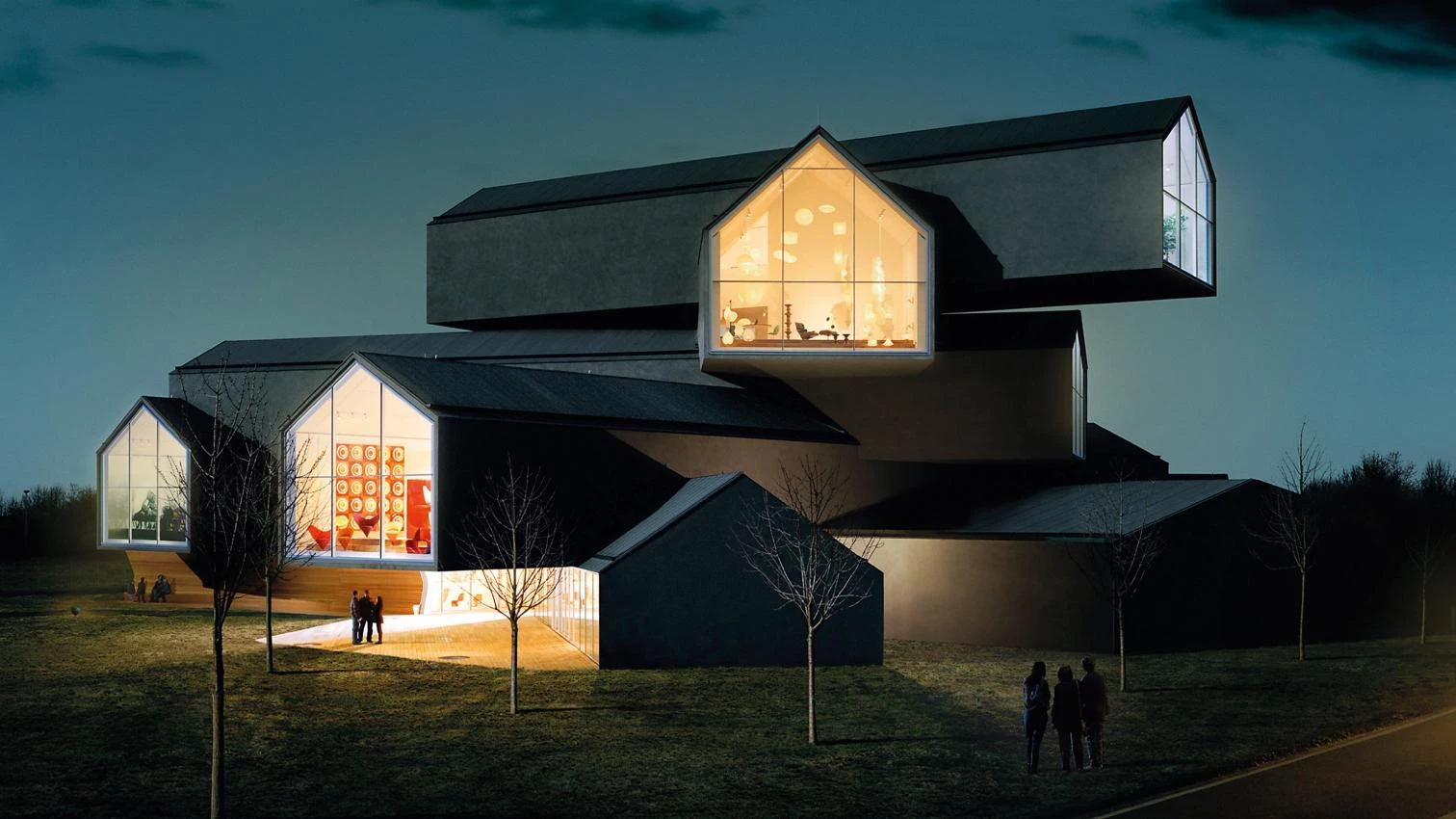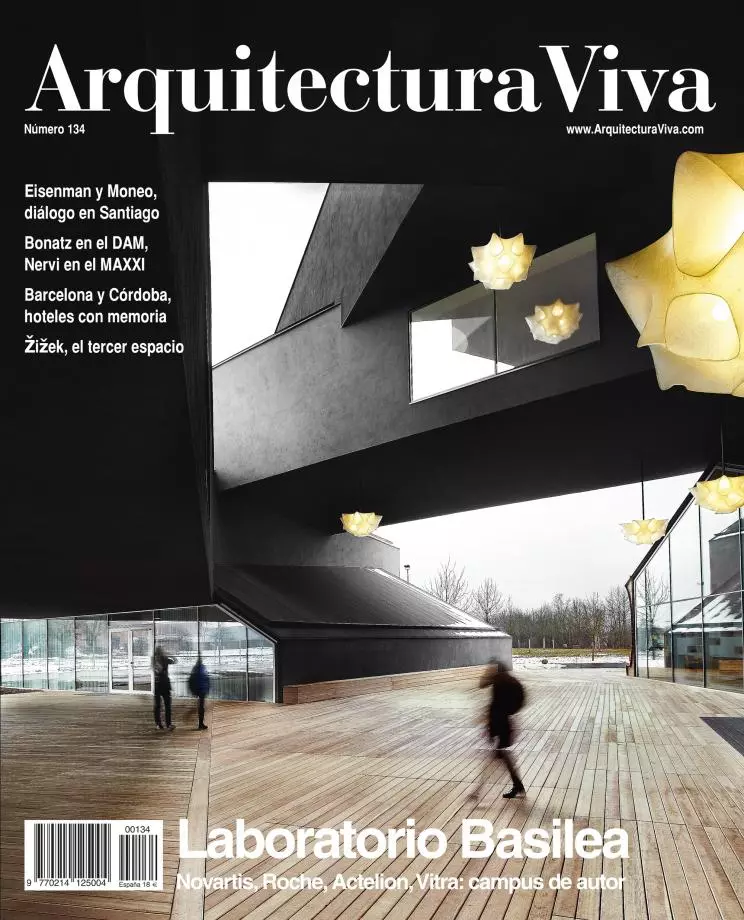
At the crossroads of three countries, Basel promotes itself under the motto ‘Culture Unlimited’. This mixed label, which joins a mention to its intellectual legacy and artistic leadership with a suggested reference to its entrepreneurial dynamism, describes well its polyhedric nature, striding the frontiers of culture and business. Base of the planet’s largest art fair, and of centers like its Kunsthalle, the Fondation Beyeler (Renzo Piano), the Museum Tinguely (Mario Botta), the Schaulager (Herzog & de Meuron) or the Vitra Design Museum (Frank Gehry), the city that witnessed the lectures of Nietzsche, Burckhardt and Wölfflin is also home of the BIS (Bank of International Settlements), the institution that establishes the financial rules in the whole world, and of two leading pharmaceutical companies, the first and third of the globe – both larger than any Spanish company. Laboratory of art and culture, and also of economy and finance, Basel has known how to use architecture as a tool to blend its two identities, with a series of business campuses that are also grounds of excellence in the field of design.
The two large pharmaceutical companies pursue the quality of their headquarters with opposite strategies: while Roche sticks to its tradition of trusting a single architect (in the 1930s it was Otto Salvisberg, and today it is Herzog & de Meuron, who after completing several buildings have now designed an unexpected skyscraper), Novartis, under the leadership of Daniel Vassella and with the urban plan of Vittorio Magnago Lampugnani, has created a fragment of ideal city where each piece has been assigned to a member of the architectural star system, from SANAA, Gehry, Moneo or Chipperfield to Siza, Piano, Nouvel or the same H&deM, who establish a quiet dialog within a precinct of extremely restricted access, perhaps out of fear of the activism of animal rights defenders, who oppose testing in laboratories. The small complex of the also pharmaceutical company Actelion, for its part, has been entirely commissioned to H&deM, who have brought to it variety with works of very different formal purpose, probably because the tour de force of acrobatic stacking of the first building is hard to exceed or to duplicate.
Finally, the model campus of the furniture design firm Vitra – already in Germany, though in the outskirts of the Swiss city, and run with cautious and visionary intelligence by Rolf Fehlbaum – has acquired new works, and very significantly the VitraHaus by H&deM, a showroom whose masterly conception and execution places it amongst the best projects of the Rheinschanze studio, whose international profile has not prevented them from becoming prophets in Basel, where they have carried out over a hundred projects, from the interior design of the BIS to the remodeling of the FC Basel, the football club they support. There are many who know that the Barça was founded by the captain of the Basel Joan Gamper, and that is why both clubs share badge and colors; but few recall that the first Bible in Spanish – translated by followers of Erasmus, who spent his last years in Basel – was printed in this city, where the advances in paper production and its frontier location would promote book editing as with time the chemical and pharmaceutical industries, all of them in the end laboratories of intellectual and material innovation





